
National Folk Museum of Korea Entrance Fee & Exhibitions
Next to Gyeongbokgung Palace in central Seoul, the National Folk Museum of Korea showcases items used by Koreans from the late Joseon period to today. The museum also features exhibitions that recreate Korean communities from the 1970s and 1980s.
Check the museum's hours before your visit as the museum's hours vary by season. I recommend visiting the folk museum after visiting nearby major attractions such as the presidential Blue House (Cheongwadae) and Gyeongbokgung Palace.
70's and 80's, Streets of Memories Reviews
If you like k-drama "Reply 1988" or "Squid Game," you'll love the recreated 1970s-1980s Korean neighborhoods at the National Folk Museum of Korea. It is a Seoul attraction that you can participate in. It feels like stepping into those classic TV shows.
The video begins with a scene from "Reply 1988," capturing the ambiance of 1980s South Korea through news, music, fashion, everyday items, ads, and movies of the time.
This place transported me back to the 1970s/80s with authentic school scenes, cozy cafes and vintage photo booths. Even though I didn't experience that era, it reminded me of classic K-dramas.
Nearby visitors were filled with nostalgia and excitement as it evoked their youth. I'm looking forward to returning with my mom. 🤩 For people from other countries who remember the 1970s-80s time period, it can be fun to compare their memories to what is shown here.
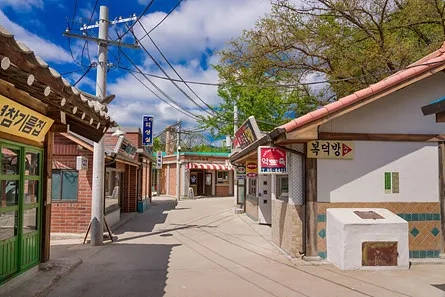
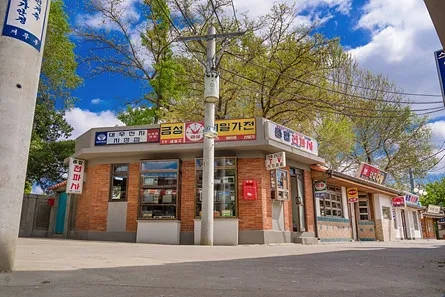
They've recreated a 70s/80s style cafe where DJs would play requested songs by writing them on paper - not as easy as today. It reminded me of scenes in "Reply 1988" where characters recorded favorite radio songs onto tapes.
Similar depictions have been shown in Korean movies as well, where people would record and gift songs to loved ones before the digital age. While we can easily stream music now, there's something special about antiquated dedication.
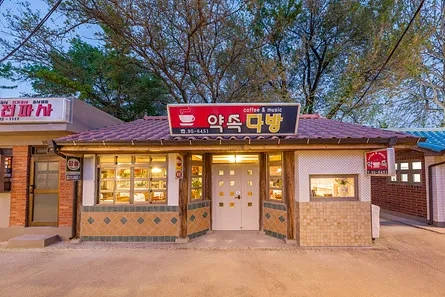

At the tailor shop, costumes from the era like uniforms, denim jackets and scarves can be tried on for photos.
In the photo studio, a vintage camera is used to take black and white photos that instantly print like receipts - providing a free and memorable souvenir.
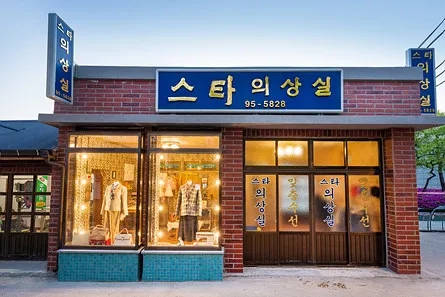
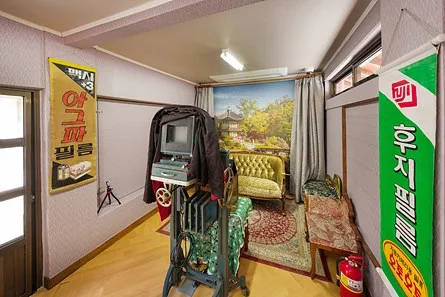
National Folk Museum of Korea Exhibitions
When I first heard about the National Folk Museum (국립민속박물관), I was kinda like "Huh, what does 'folk' have to do with a museum?" But once I went inside, it all started making sense.
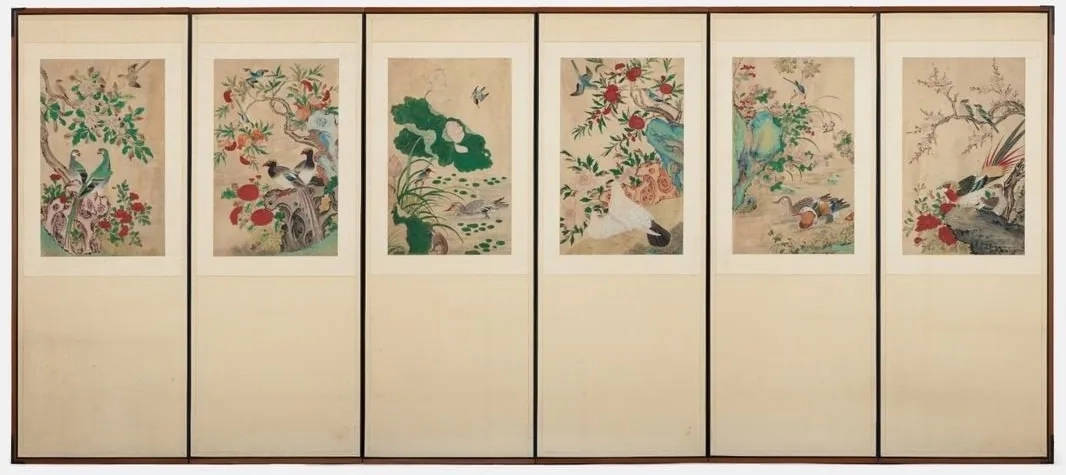
Time keeps moving and things we used to think of as normal change over time. Different eras come and go as technology and styles evolve. It's like looking at old photos of fashion - it seems so different now! We change without even realizing it. 😱😱
Walking around the exhibits, I was really surprised and moved. I never thought everyday things like food and clothes could be in a museum. I always just saw them as regular stuff people use without thinking.
It hit me that history isn't just about kings' fancy things - regular people's lives deserve to be preserved too. For that to happen, someone has to document and save those stories. Not just expensive antiques, but also the everyday objects and traditions that make up a culture. This museum is doing its part to keep those things from fading away as times change.
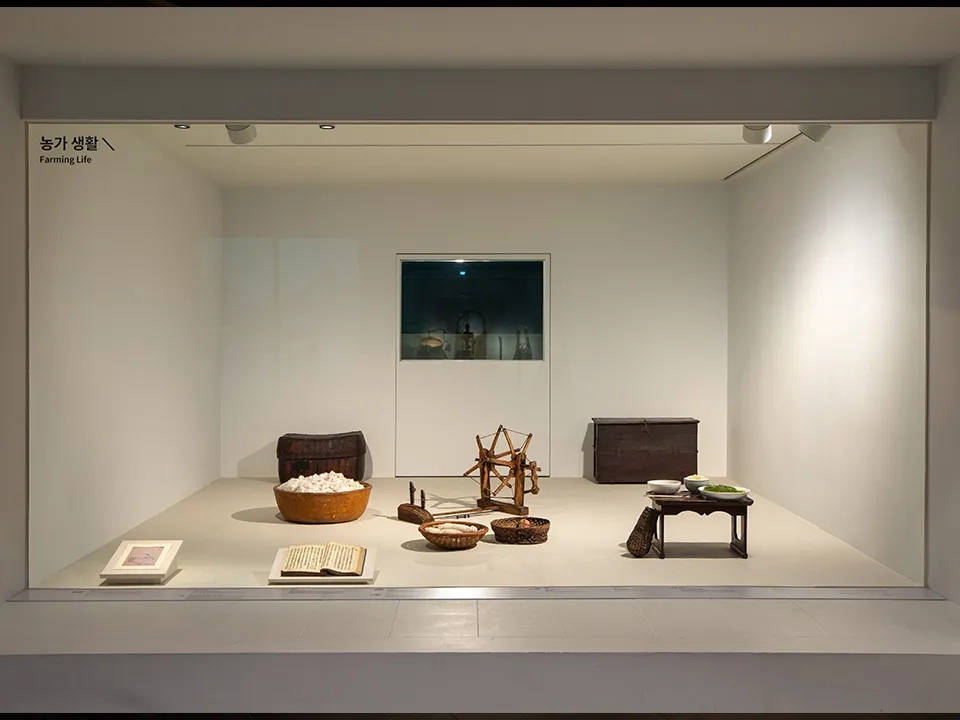
The National Folk Museum exhibition is neatly divided into three themes:
➡️ 1. A Korean's Day - Step into the daily lives of Koreans from the late 17th to 20th century. Routines are divided into morning, day and night segments.
➡️ 2. A Korean's Year - Explore the seasonal aspects of traditional homes and lifestyles from the 19th-20th century.
➡️ 3. A Korean's Lifetime - See important life moments from birth to death, spanning centuries. Topics include schooling, careers, marriage, health, and rituals.
This video shows Korean girls playing on seesaws and a traditional wedding from the 1930s in Korea. The marriage shown was not a marriage based on romance, but rather an arranged marriage agreed upon by the parents.
It explains that the bride and groom were meeting for the first time on their wedding day. It describes the situation as "even if you're not completely satisfied with your partner's looks after a quick glance, there's nothing that can be done about it." 😨
The wooden statue in this photo is called a "Jangseung (장승)." These statues vary by region in appearance, colors and size but typically stand at village entrances. Jangseungs act as guardian spirits protecting communities from harm and marking territorial boundaries. Often found paired as male and female, they may lack cuteness but powerfully ward off unwanted presences. 😁😁

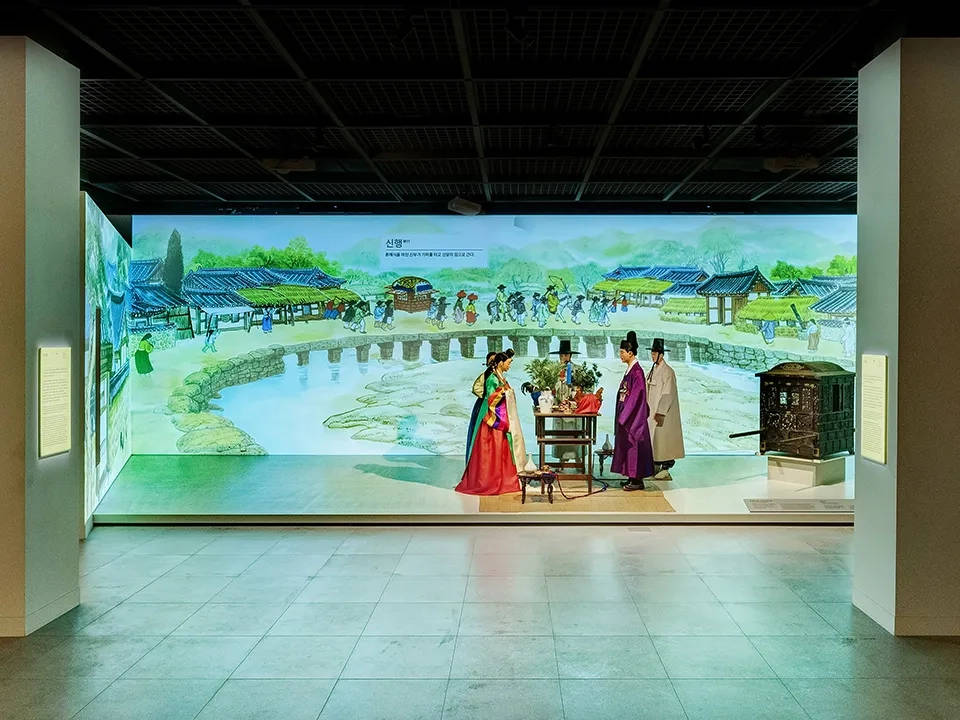
The exhibition far exceeded my expectations - it wasn't just displays, but used innovative technology too. Big screens and projections on walls/floors brought historical videos alive. It was visually and audibly engaging.
Interactive touchscreens provided info on traditional Korean home remedies. Surprisingly, some are still used today - like drinking plum extract water for stomach issues or making chrysanthemum tea for tired eyes.
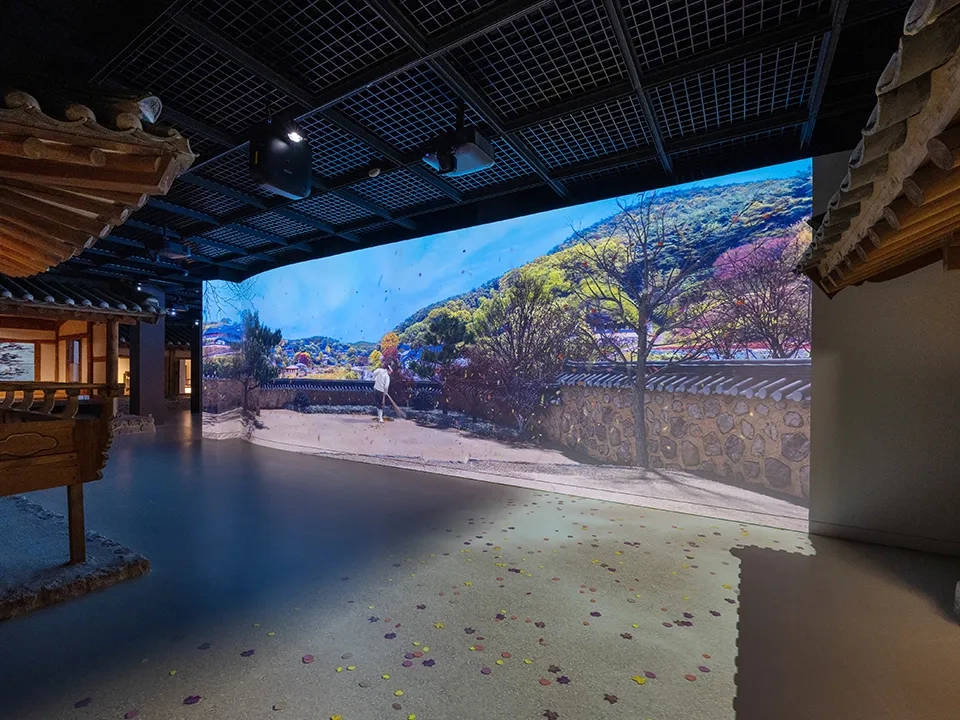
I couldn't stop thinking about how our current times will be remembered historically. What will represent our present world? I wonder how future generations will define this era regarding food, clothing, housing and lifestyle. Some aspects are constantly changing while others persist for centuries. 🤔🤔
National Folk Museum of Korea Location
How to go to National Folk Museum of Korea? It's right next to Gyeongbokgung Palace, and you can enter Gyeongbokgung Palace from here as well.
- Address: 37 Samcheong-ro, Jongno-gu, Seoul
- Subway Station: Line 3, Gyeongbokgung Station
- Website: 🔗 National Folk Museum of Korea
National Folk Museum of Korea Entrance Fee and Opening Hours
Here is visitor information for the National Folk Museum of Korea. If you want to experience Korean museums, I recommend this place.
🟡 Opening Hours: Monday - Sunday
| Season | Opening Hours | Evening Extension Opening |
|---|---|---|
| March to October | 9 AM to 6 PM | Wednesday, Saturday: 6 PM to 8 PM |
| November | 9 AM to 5 PM | Wednesday, Saturday: 5 PM to 8 PM |
| December to February | 9 AM to 5 PM | X |
- Last entrance allowed is up to 1 hour before closing.
- June to August: Sundays and holidays from 9 AM to 7 PM.
🔴 Closing Days:
- January 1st (New Year's Day)
- Seollal (Lunar New Year's Day)
- Chuseok (Korean Thanksgiving Day)
🟢 Entrance Fee:
- Walk-ins are welcome, no advance booking required.
- Admission is free - no tickets to purchase.
Wrap-up
The seoul folk museum is located near Gyeongbokgung Palace in central Seoul. The exhibits were really well done, and admission is free.
The "Streets of Memories" section feels just like a Korean drama from the 1970s-80s. It gives a great cultural experience by recreating what life was like back then. It's super fun to take photos there too. It's one of the fascinating museums in Seoul.
If this review interests you, I recommend visiting on the same day as nearby places like Gyeongbokgung Palace or the Blue House (Cheongwadae) for a more comprehensive cultural experience in Korea. It's a perfect addition to your itinerary on where to go in Seoul.
Credits
The images featured in this post are courtesy of the National Palace Museum of Korea's website and instagram.